Archive for the ‘Recover MCU’ Category
 Secured STM32F301R8 MCU Flash Firmware Restoration
Secured STM32F301R8 MCU Flash Firmware Restoration
The first step of Secured STM32F301R8 MCU Flash Firmware Restoration is cracking the protection over stm32f301r8 microcontroller flash memory fuse bit, and then extract embedded heximal file from microprocessor stm32f301r8 flash memory;
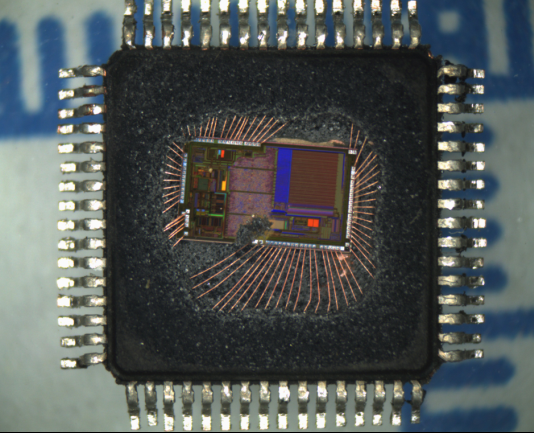
The device has an integrated power-on reset (POR) and power-down reset (PDR) circuits. They are always active, and ensure proper operation above a threshold of 2 V. The device remains in reset mode when the monitored supply voltage is below a specified threshold, VPOR/PDR, without the need for an external reset circuit.
- The POR monitors only the VDD supply voltage. During the startup phase it is required that VDDA should arrive first and be greater than or equal to VDD.
- The PDR monitors both the VDD and VDDA supply voltages, however the VDDA power supply supervisor can be disabled (by programming a dedicated Option bit) to reduce the power consumption if the application design ensures that VDDA is higher than or equal to VDD.
The device features an embedded programmable voltage detector (PVD) that monitors the VDD power supply and compares it to the VPVD threshold by reverse engineering stm32f078r8 microcontroller flash firmware, An interrupt can be generated when VDD drops below the VPVD threshold and/or when VDD is higher than the VPVD threshold.
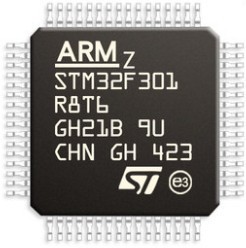
el primer paso de la restauración segura del firmware flash del MCU STM32F301R8 es descifrar la protección sobre el bit fusible de la memoria flash del microcontrolador STM32F301R8 y luego extraer el archivo hexamal incrustado de la memoria flash STM32F301R8 del microprocesador;
The interrupt service routine can then generate a warning message and/or put the MCU into a safe state. The PVD is enabled by software.
 Recover STM32F301R6 MCU Flash Memory Code
Recover STM32F301R6 MCU Flash Memory Code
Recover STM32F301R6 MCU Flash Memory Code in the format of heximal, the firmware can be rewritten to the new microcontroller stm32f301r6, status of microprocessor stm32f301r6 will be modified by cracking microcontroller;
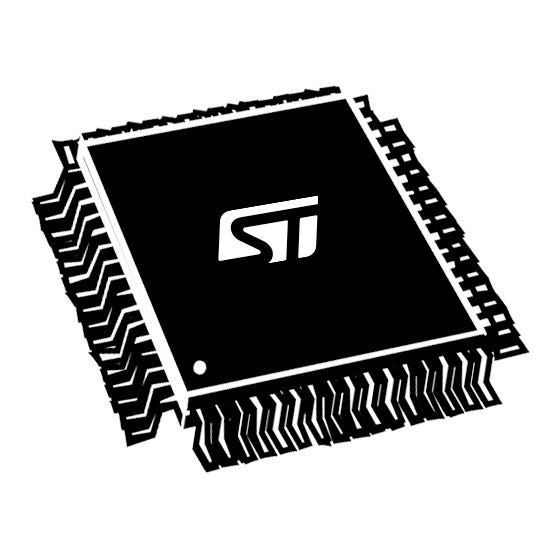
The STM32F301x6/8 family is based on the high-performance Arm® Cortex®-M4
32-bit RISC core operating at a frequency of up to 72 MHz and embedding a floating point unit (FPU). The family incorporates high-speed embedded memories (up to 64 Kbytes of Flash memory, 16 Kbytes of SRAM), and an extensive range of enhanced I/Os and peripherals connected to two APB buses.
The devices offer a fast 12-bit ADC (5 Msps), three comparators, an operational amplifier, up to 18 capacitive sensing channels, one DAC channel, a low-power RTC, one general- purpose 32-bit timer, one timer dedicated to motor control by reverse engineering stm32f078r8 mcu flash, and up to three general-purpose 16-bit timers, and one timer to drive the DAC. They also feature standard and advanced communication interfaces: three I2Cs, up to three USARTs, up to two SPIs with multiplexed full-duplex I2S, and an infrared transmitter.
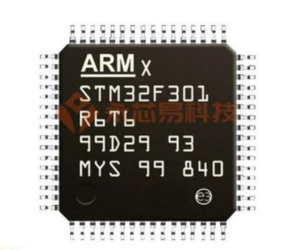
recuperar el código de memoria flash STM32F301R6 MCU en el formato de hexadecimal, el firmware se puede reescribir en el nuevo microcontrolador STM32F301R6, el estado del microprocesador STM32F301R6 se modificará al descifrar el microcontrolador
The STM32F301x6/8 family operates in the –40 to +85°C and –40 to +105°C temperature ranges from at a 2.0 to 3.6 V power supply. A comprehensive set of power-saving mode allows the design of low-power applications which is similar with the process of breaking microcontroller stm32f042g4 flash memory. The STM32F301x6/8 family offers devices in 32-, 48-, 49- and 64-pin packages. The set of included peripherals changes with the device chosen.
 Restoring STM32F048G6 Secured MCU Flash Program
Restoring STM32F048G6 Secured MCU Flash Program
Restoring STM32F048G6 Secured MCU Flash Program needs to unlock microprocessor stm32f048g6 locked fuse bit, and copy firmware heximal to new microcontroller stm32f048g6 for mcu cloning;
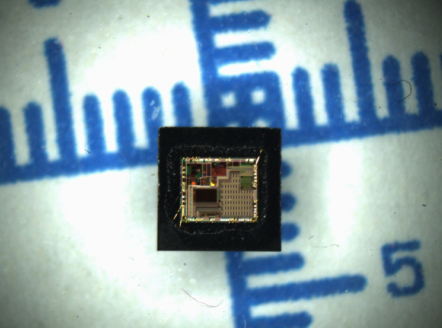
The ARM® Cortex®-M0 is a generation of ARM 32-bit RISC processors for embedded systems. It has been developed to provide a low-cost platform that meets the needs of MCU implementation, with a reduced pin count and low-power consumption, while delivering outstanding computational performance and an advanced system response to interrupts.
The ARM® Cortex®-M0 processors feature exceptional code-efficiency, delivering the high performance expected from an ARM core, with memory sizes usually associated with 8- and 16-bit devices by stm32f031c6 microprocessor flash cracking. The STM32F048x6 devices embed ARM core and are compatible with all ARM tools and software.
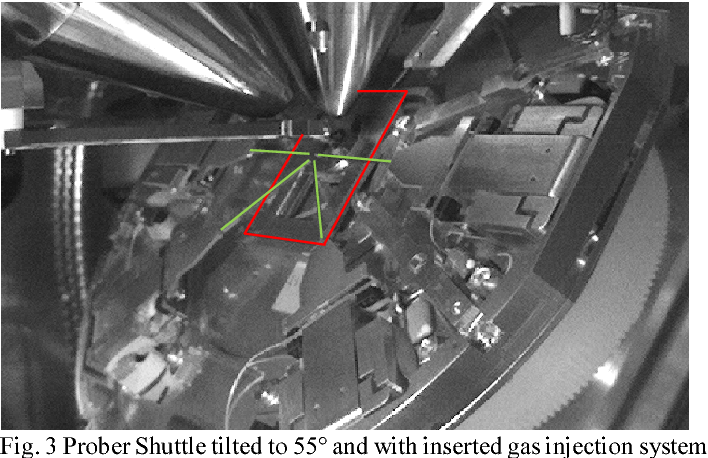
The device has the following features:
- 6 Kbytes of embedded SRAM accessed (read/write) at CPU clock speed with 0 wait states and featuring embedded parity checking with exception generation for fail-critical applications.
- The non-volatile memory is divided into two arrays:
- 32 Kbytes of embedded Flash memory for programs and data
- Option bytes
- The non-volatile memory is divided into two arrays:
The option bytes are used to write-protect the memory (with 4 KB granularity) and/or readout-protect the whole memory with the following options:
- Level 0: no readout protection
- Level 1: memory readout protection, the Flash memory cannot be read from or written to if either debug features are connected or boot in RAM is selected
- Level 2: chip readout protection, debug features (Cortex®-M0 serial wire) and boot in RAM selection disabled
 Recover STM32F038F6 Microcontroller Heximal Data
Recover STM32F038F6 Microcontroller Heximal Data
Recover STM32F038F6 Microcontroller Heximal Data from its flash memory, the microprocessor stm32f038f6 fuse bit will be cracked by focus ion beam technique, and then replicating firmware to new mcu stm32f038f6 for functions cloning;
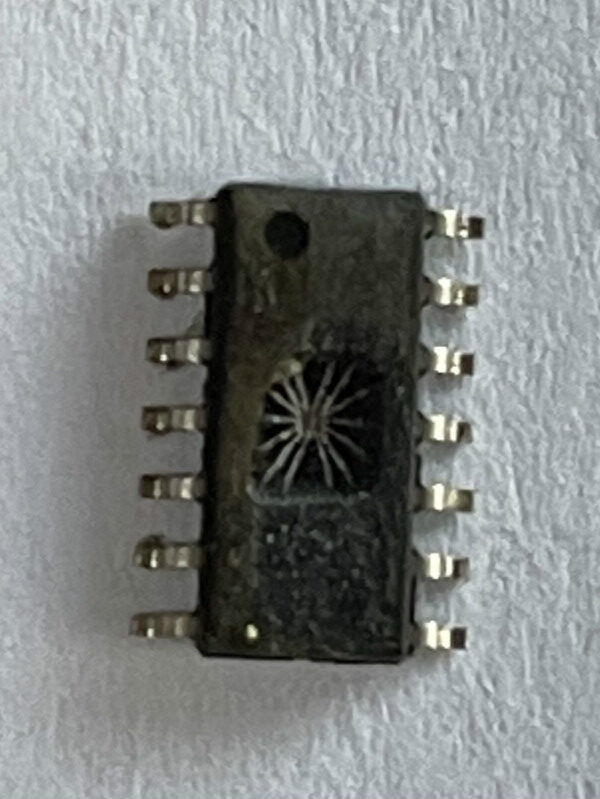
· Sleep mode
In Sleep mode, only the CPU is stopped. All peripherals continue to operate and can wake up the CPU when an interrupt/event occurs.
· Stop mode
Stop mode achieves very low power consumption while retaining the content of SRAM and registers. All clocks in the 1.8 V domain are stopped, the PLL, the HSI RC and the HSE crystal oscillators are disabled.
The device can be woken up from Stop mode by any of the EXTI lines. The EXTI line source can be one of the 16 external lines, RTC, I2C1 or USART1. USART1 and I2C1 peripherals can be configured to enable the HSI RC oscillator so as to get clock for processing incoming data when attacking stm32f038e6 microprocessor secured flash memory.
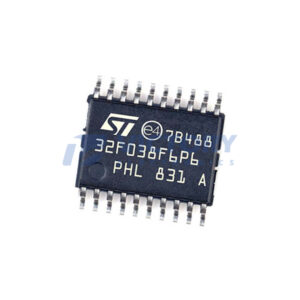
восстановить гексимальные данные микроконтроллера STM32F038F6 из его флэш-памяти, бит предохранителя микропроцессора STM32F038F6 будет взломан методом фокусировки ионного луча, а затем реплицирует прошивку на новый микроконтроллер STM32F038F6 для клонирования функций;
System clock selection is performed on startup, however the internal RC 8 MHz oscillator is selected as default CPU clock on reset. An external 4-32 MHz clock can be selected, in which case it is monitored for failure. If failure is detected, the system automatically switches back to the internal RC oscillator.
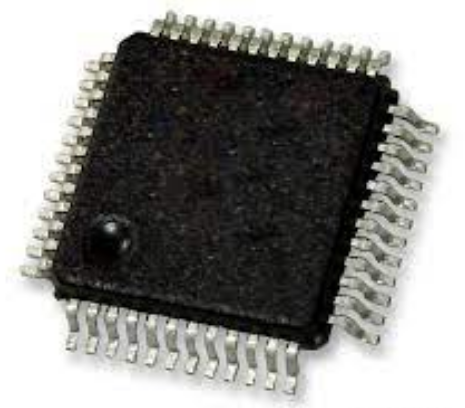
A software interrupt is generated if enabled. Similarly, full interrupt management of the PLL clock entry is available when necessary (for example on failure of an indirectly used external crystal to break stm32f038c6 microprocessor locked flash memory, resonator or oscillator). Several prescalers allow the application to configure the frequency of the AHB and the APB domains. The maximum frequency of the AHB and the APB domains is 48 MHz.
 ARM Microcontroller STM32F031E6 Flash Firmware Recovery
ARM Microcontroller STM32F031E6 Flash Firmware Recovery
ARM Microcontroller STM32F031E6 Flash Firmware Recovery starts from unlock fuse bit which has been used to secure microprocessor stm32f031e6 mcu, and then extract embedded heximal file from mcu stm32f031e6;
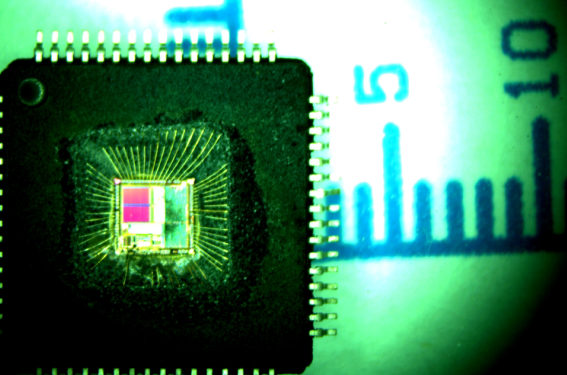
The current consumption is a function of several parameters and factors such as the operating voltage, ambient temperature, I/O pin loading, device software configuration, operating frequencies, I/O pin switching rate, program location in memory and executed binary code.
All Run-mode current consumption measurements given in this section are performed with a reduced code that gives a consumption equivalent to CoreMark code when breaking arm microprocessor stm32f030r8 locked bits.
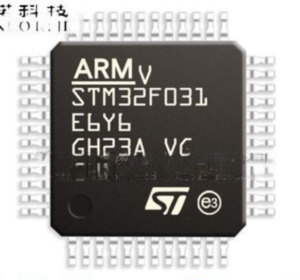
एआरएम माइक्रोकंट्रोलर एसटीएम 32एफ031ई6 फ्लैश फर्मवेयर रिकवरी अनलॉक फ्यूज बिट से शुरू होती है जिसका उपयोग माइक्रोप्रोसेसर एसटीएम 32एफ031ई6 एमसीयू को सुरक्षित करने के लिए किया गया है, और फिर एमसीयू एसटीएम 32 एफ 031 ई 6 से एम्बेडेड हेक्सिमल फ़ाइल निकालता है;
The MCU is placed under the following conditions:
- All I/O pins are in analog input mode
- All peripherals are disabled except when explicitly mentioned
- The Flash memory access time is adjusted to the fHCLK frequency:
- 0 wait state and Prefetch OFF from 0 to 24 MHz
- 1 wait state and Prefetch ON above 24 MHz
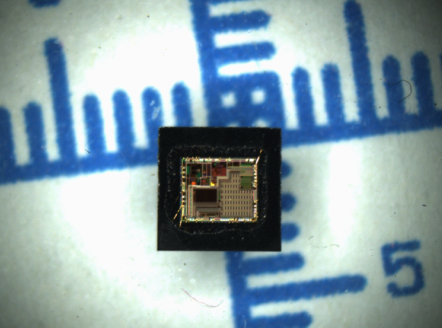
When the peripherals are enabled fPCLK = fHCLK
- Current consumption from the VDDA supply is independent of whether the digital peripherals are enabled or disabled, being in Run or Sleep mode or executing from Flash memory or RAM by attacking stm32f030c8 microcontroller readout protection. Furthermore, when the PLL is off, IDDA is independent of clock frequencies.
- Data based on characterization results, not tested in production unless otherwise specified.
Data based on characterization results and tested in production (using one common test limit for sum of IDD and IDDA).
 STM32F030K6 Microprocessor Secured Heximal Restoration
STM32F030K6 Microprocessor Secured Heximal Restoration
STM32F030K6 Microprocessor Secured Heximal Restoration needs to clone stm32f030k6 mcu locked bit by focus ion beam and then copy embedded firmware to new microcontroller stm32f030k6 flash memory;
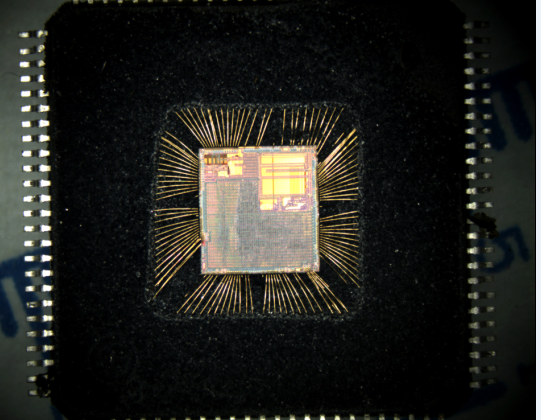
The 12-bit analog to digital converter has up to 16 external and two internal (temperature sensor, voltage reference measurement) channels and performs conversions in single-shot or scan modes. In scan mode, automatic conversion is performed on a selected group of analog inputs.
The ADC can be served by the DMA controller. An analog watchdog feature allows very precise monitoring of the converted voltage of one, some or all selected channels by cracking stm32f071vc flash memory protection. An interrupt is generated when the converted voltage is outside the programmed thresholds.
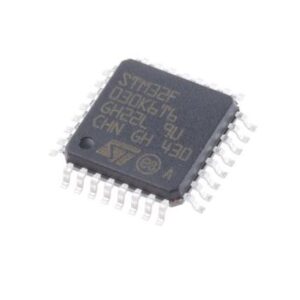
La restauración hexamal asegurada por microprocesador STM32F030K6 necesita clonar el MCU STM32F030K6 bloqueado bit por haz de iones de enfoque y luego copiar el firmware integrado a la nueva memoria flash del microcontrolador STM32F030K6;
The temperature sensor (TS) generates a voltage VSENSE that varies linearly with temperature. The temperature sensor is internally connected to the ADC_IN16 input channel which is used to convert the sensor output voltage into a digital value.
The sensor provides good linearity but it has to be calibrated to obtain good overall accuracy of the temperature measurement. As the offset of the temperature sensor varies from chip to chip due to process variation, the uncalibrated internal temperature sensor is suitable for applications that detect temperature changes only by attacking stm32f070rb microcontroller flash memory.
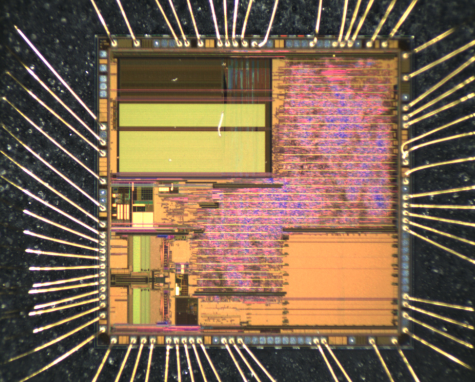
To improve the accuracy of the temperature sensor measurement, each device is individually factory-calibrated by ST. The temperature sensor factory calibration data are stored by ST in the system memory area, accessible in read-only mode.
 Recover ARM STM32F078CB Microprocessor Flash Firmware
Recover ARM STM32F078CB Microprocessor Flash Firmware
Recover ARM STM32F078CB Microprocessor Flash Firmware from its secured flash memory, the mcu stm32f078cb will be cracked by focus ion beam to disable its protection and then readout embedded heximal file from stm32f078cb microcomputer’s memory;
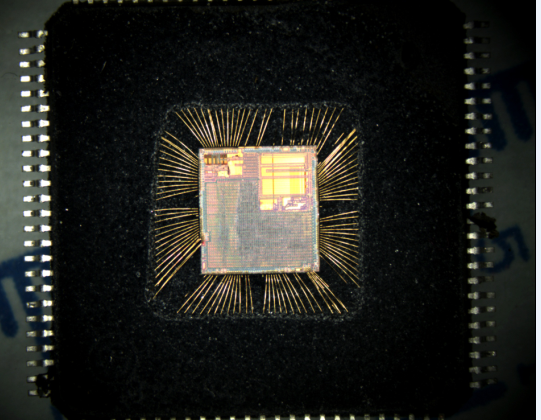
The STM32F078CB/RB/VB microcontrollers incorporate the high-performance Arm®Cortex®-M0 32-bit RISC core operating at up to 48 MHz frequency, high-speed
embedded memories (128 Kbytes of Flash memory and 16 Kbytes of SRAM), and an extensive range of enhanced peripherals and I/Os. All devices offer standard communication interfaces (two I2Cs, two SPI/I2S, one HDMI CEC and four USARTs), one USB Full-speed device (crystal-less), one 12-bit ADC, one 12-bit DAC with two channels to restore microcomputer stm32f072c8 flash firmware, seven 16-bit timers, one 32-bit timer and an advanced-control PWM timer.
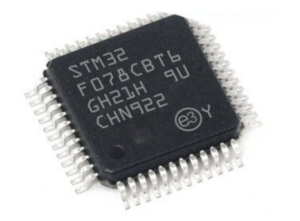
recuperare il firmware flash del microprocessore ARM STM32F078CB dalla sua memoria flash protetta, l’MCU STM32F078CB verrà violato dal fascio ionico di messa a fuoco per disabilitare la sua protezione e quindi leggere il file eximale incorporato dalla memoria del microcomputer STM32F078CB;
The STM32F078CB/RB/VB microcontrollers operate in the -40 to +85 °C and -40 to
+105 °C temperature ranges from a 1.8 V ± 8% power supply. A comprehensive set of power-saving modes allows the design of low-power applications.
The STM32F078CB/RB/VB microcontrollers include devices in seven different packages ranging from 48 pins to 100 pins with a die form also available upon request when breaking stm32f072c8 arm microcontroller protection. Depending on the device chosen, different sets of peripherals are included.
These features make the STM32F078CB/RB/VB microcontrollers suitable for a wide range of applications such as application control and user interfaces, hand-held equipment, A/V receivers and digital TV, PC peripherals, gaming and GPS platforms, industrial applications, PLCs, inverters, printers, scanners, alarm systems, video intercoms and HVACs.
 ARM STM32F072CB Microcomputer Firmware Restoration
ARM STM32F072CB Microcomputer Firmware Restoration
ARM STM32F072CB Microcomputer Firmware Restoration can help engineer to extract embedded source code from stm32f072cb mcu chip flash memory, after unlock tamper resistance system of stm32f072cb microprocessor;

The CRC (cyclic redundancy check) calculation unit is used to get a CRC code using a configurable generator polynomial value and size. Among other applications, CRC-based techniques are used to verify data transmission or storage integrity.
In the scope of the EN/IEC 60335-1 standard, they offer a means of verifying the Flash memory integrity. The CRC calculation unit helps compute a signature of the software during runtime when decrypt the source code of stm32f071v8 mcu chip, to be compared with a reference signature generated at link- time and stored at a given memory location.
VDD = VDDIO1 = 2.0 to 3.6 V: external power supply for I/Os (VDDIO1) and the internal regulator. It is provided externally through VDD pins.
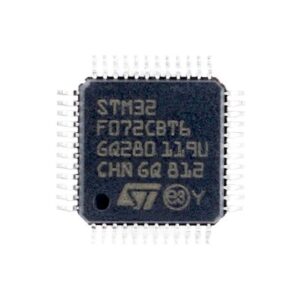
Il ripristino del firmware del microcomputer ARM STM32F072CB può aiutare l’ingegnere a estrarre il codice sorgente incorporato dalla memoria flash del chip MCU STM32F072CB, dopo aver sbloccato il sistema di resistenza alla manomissione del microprocessore STM32F072CB;
VDDA = from VDD to 3.6 V: external analog power supply for ADC, DAC, Reset blocks, RCs and PLL (minimum voltage to be applied to VDDA is 2.4 V when the ADC or DAC are used). It is provided externally through VDDA pin. The VDDA voltage level must be always greater or equal to the VDD voltage level and must be established first.
VDDIO2 = 1.65 to 3.6 V: external power supply for marked I/Os. VDDIO2 is provided externally through the VDDIO2 pin. The VDDIO2 voltage level is completely independent from VDD or VDDA, but it must not be provided without a valid supply on VDD. The VDDIO2 supply is monitored and compared with the internal reference voltage (VREFINT) after reverse engineering stm32f071r8 arm microcomputer flash program. When the VDDIO2 is below this threshold, all the I/Os supplied from this rail are disabled by hardware. The output of this comparator is connected to EXTI line 31 and it can be used to generate an interrupt. Refer to the pinout diagrams or tables for concerned I/Os list.
VBAT = 1.65 to 3.6 V: power supply for RTC, external clock 32 kHz oscillator and backup registers (through power switch) when VDD is not present.
 Recover STM8S207C6 Secured Microcontroller Flash Heximal
Recover STM8S207C6 Secured Microcontroller Flash Heximal
Recover STM8S207C6 Secured Microcontroller Flash Heximal from memory after crack mcu stm8s207c6 security fuse bit and readout embedded firmware from microprocessor stm8s207c6 memory;
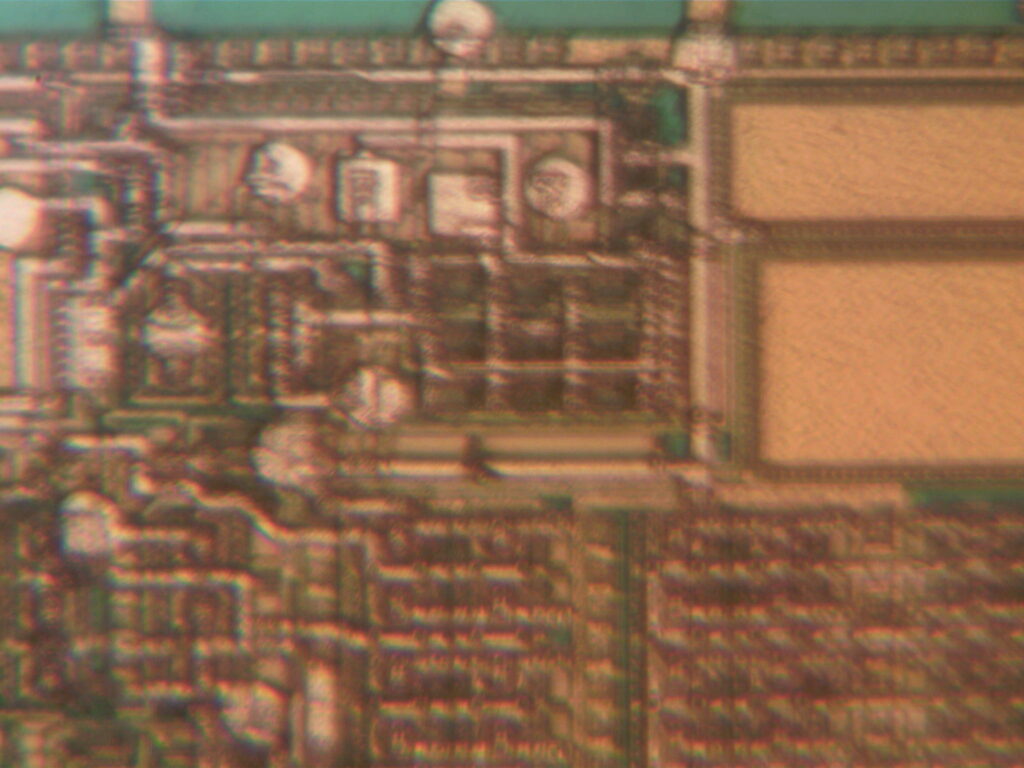
The STM8S20xxx performance line 8-bit microcontrollers offer from 32 to 128 Kbytes Flash program memory. They are referred to as high-density devices in the STM8S microcontroller family reference manual.
All STM8S20xxx devices provide the following benefits: reduced system cost, performance robustness, short development cycles, and product longevity.
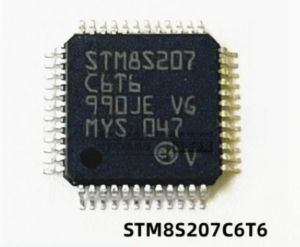
Stellen Sie den gesicherten Mikrocontroller-Flash-Speicher STM8S207C6 aus dem Speicher wieder her, nachdem das Sicherheitssicherungsbit der MCU STM8S207C6 geknackt und die eingebettete Firmware aus dem Speicher des Mikroprozessors STM8S207C6 ausgelesen wurde.
The system cost is reduced thanks to an integrated true data EEPROM for up to 300 k write/erase cycles and a high system integration level with internal clock oscillators, watchdog, and brown-out reset which become important reason to break stm8s103k3 mcu protection.
Device performance is ensured by 20 MIPS at 24 MHz CPU clock frequency and enhanced characteristics which include robust I/O, independent watchdogs (with a separate clock source), and a clock security system.
Short development cycles are guaranteed due to application scalability across a common family product architecture with compatible pinout, memory map and modular peripherals.
Full documentation is offered with a wide choice of development tools. Product longevity is ensured in the STM8S family thanks to their advanced core which is made in a state-of-the art technology for applications with 2.95 V to 5.5 V operating supply after breaking stm8s103f3 micro cpu flash memory.
 Recover STM8S005K6T6 Microcontroller data Eeprom Content
Recover STM8S005K6T6 Microcontroller data Eeprom Content
Recover STM8S005K6T6 Microcontroller data Eeprom Content needs to crack fuse bit of stm8s005k6 secured memory and then extract heximal code from stm8s005k6 processor’s encrypted memory;
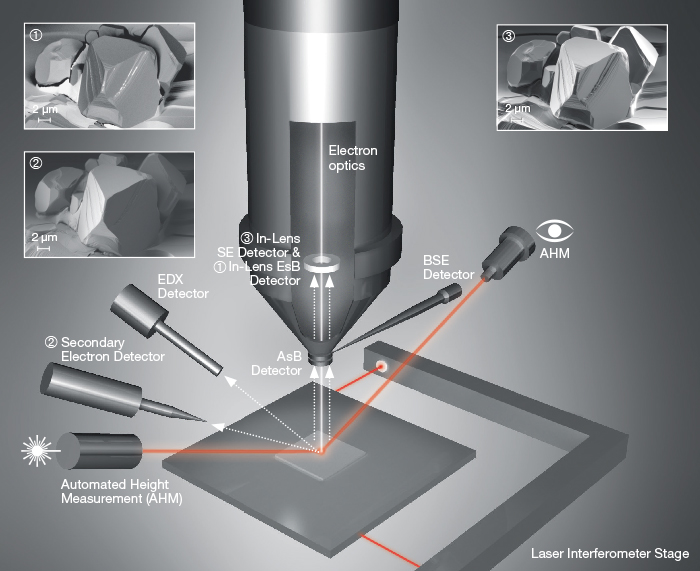
The clock controller distributes the system clock (fMASTER) coming from different oscillators to the core and the peripherals. It also manages clock gating for low power modes and ensures clock robustness.
Clock prescaler: to get the best compromise between speed and current consumption the clock frequency to the CPU and peripherals can be adjusted by a programmable prescaler which can be used for clone microcontroller stm8s003f2 flash source code;
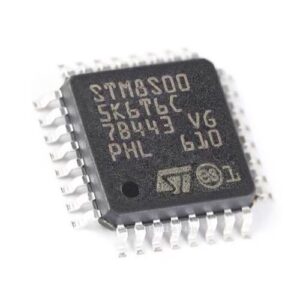
récupérer les données du microcontrôleur STM8S005K6T6, le contenu de l’eeprom doit craquer le bit de fusible de la mémoire sécurisée stm8s005k6, puis extraire le code hexadécimal de la mémoire chiffrée du processeur stm8s005k6 ;
Safe clock switching: clock sources can be changed safely on the fly in run mode through a configuration register. The clock signal is not switched until the new clock source is ready. The design guarantees glitch-free switching.

Clock management: to reduce power consumption, the clock controller can stop the clock to the core, individual peripherals or memory.
Master clock sources: four different clock sources can be used to drive the master clock:
1-16 MHz high-speed external crystal (HSE)
Up to 16 MHz high-speed user-external clock (HSE user-ext)
16 MHz high-speed internal RC oscillator (HSI)
128 kHz low-speed internal RC (LSI)
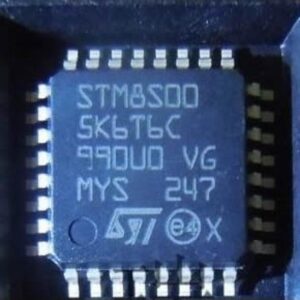
crack STM8S005K6T6 arm microcompute fuse bit and readout embedded firmware from flash and eeprom memory
Startup clock: After reset, the microcontroller restarts by default with an internal 2 MHz clock (HSI/8). The prescaler ratio and clock source can be changed by the application program as soon as the code execution starts in the process of restore stm8s103k3 mcu chip embedded flash firmware.
Clock security system (CSS): This feature can be enabled by software. If an HSE clock failure occurs, the internal RC (16 MHz/8) is automatically selected by the CSS and an interrupt can optionally be generated.
Configurable main clock output (CCO): This outputs an external clock for use by the application.